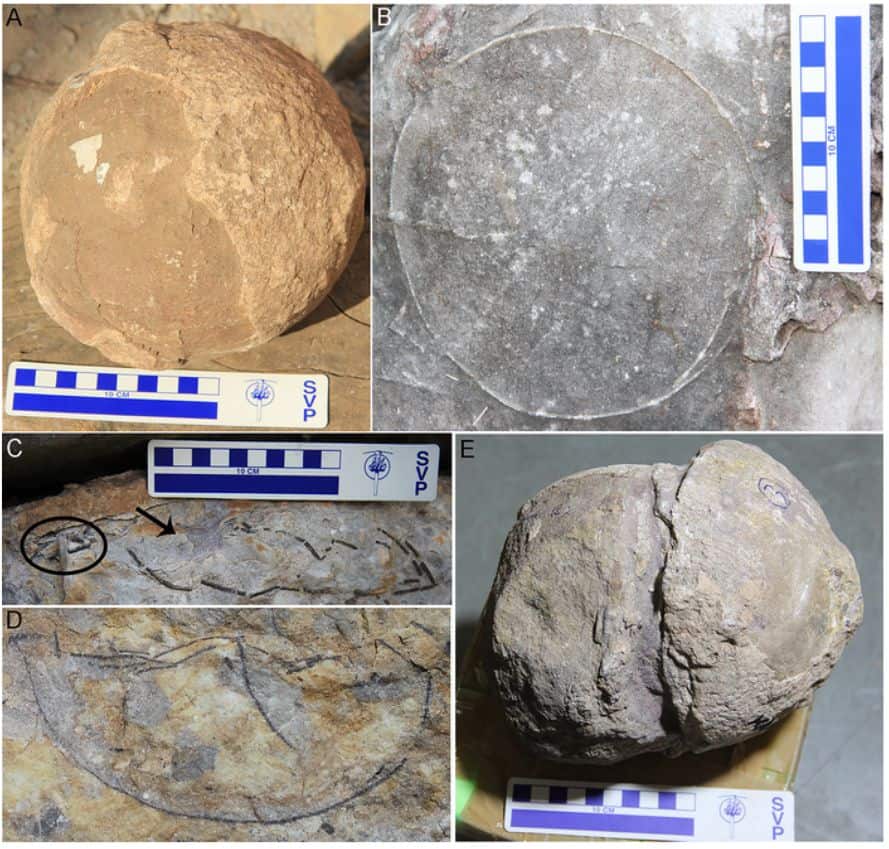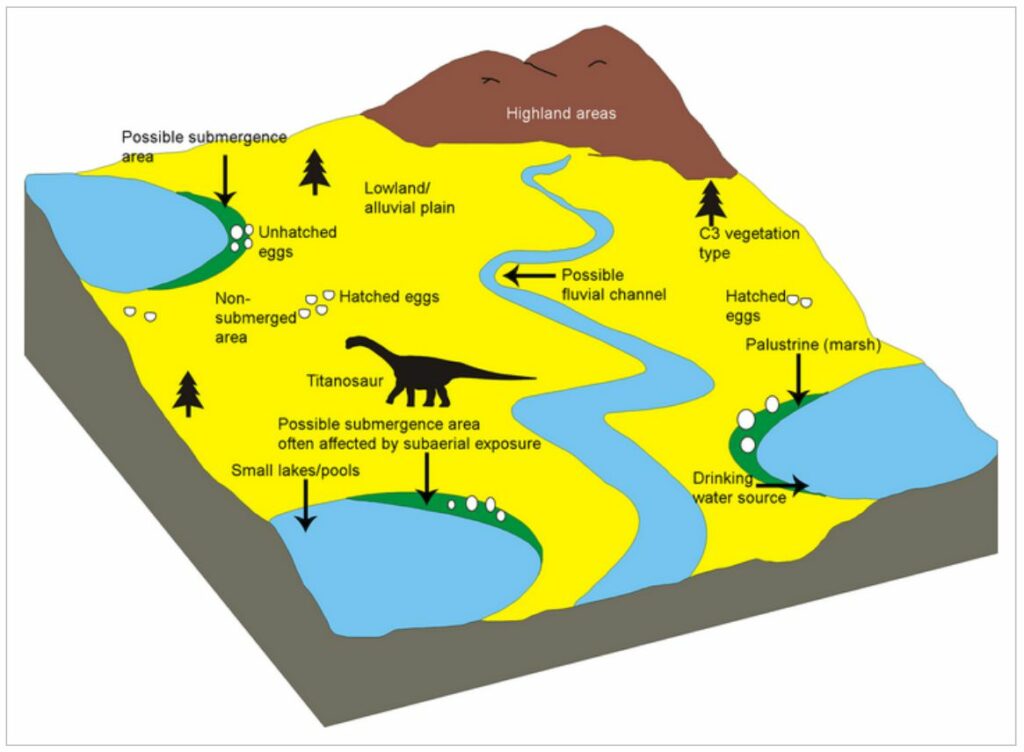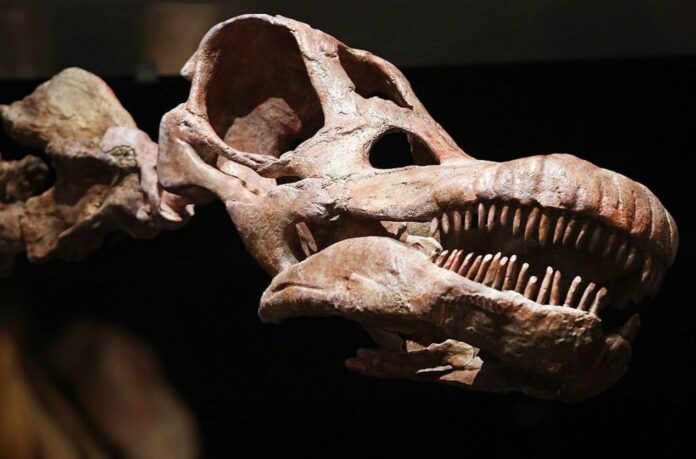A treasure trove of 92 fossil nests, belonging to some of the largest dinosaurs found in India, has been discovered. These nests contain more than 250 fossilized eggs including a rare case of an “egg-in-egg”, providing an in-depth look into the lives of titanosaurs that existed in the Indian subcontinent.
An in-depth look into the lives of titanosaurs that existed in the Indian subcontinent has been revealed by a new study, published on January 18, 2022, in PLOS ONE.
Led by Harsha Dhiman from the University of Delhi, the study reports the discovery of more than 250 fossilized eggs from the Lameta Formation in the Narmada Valley of central India.
This area is known for its rich fossil record of dinosaur skeletons and eggs from the Late Cretaceous Period.
The team found 92 nesting sites, with a total of 256 fossil eggs belonging to titanosaurs, some of the largest dinosaurs that ever existed.
A detailed examination of the 92 nests has allowed Dhiman and his team to gain new insights into the life habits of these dinosaurs.
The study identified six different types of eggs (oospecies), suggesting a higher diversity of titanosaurs than is represented by the skeletal remains found in this region.
The team found that these dinosaurs buried their eggs in shallow pits, similar to the nesting habits of modern-day crocodiles.

Additionally, certain pathologies found in the eggs, such as a rare case of an “egg-in-egg,” indicate that titanosaur sauropods had reproductive physiology similar to birds and may have laid their eggs in a sequential manner, like modern birds.
The existence of several nests in one location shows that these dinosaurs, like many contemporary birds, engaged in colonial nesting behavior.
However, there was little room for adult dinosaurs in such closely spaced nests, lending credence to the theory that parents abandoned their young to fend for themselves.
It might be difficult to piece together specifics about the reproductive behaviors of dinosaurs. These fossil nests date back to a period of time only a little while before the era of dinosaurs came to an end, and they contain a lot of information about some of the biggest dinosaurs ever recorded in history.

The findings of this research provide paleontologists with important new information that contributes to their knowledge of how dinosaurs lived and developed through time.
The new find “has revealed the presence of an extensive hatchery of titanosaur sauropod dinosaurs in the study area,” according to lead author Harsha Dhiman, “and offers new insights into the conditions of nest preservation and reproductive strategies of titanosaur sauropod dinosaurs just before they went extinct.”
“Together with dinosaur nests from Jabalpur in the upper Narmada valley in the east and those from Balasinor in the west, the new nesting sites from Dhar District in Madhya Pradesh (Central India), covering an east-west stretch of about 1000 km, constitute one of the largest dinosaur hatcheries in the world,” adds co-author Guntupalli V.R. Prasad.
Source: 10.1371/journal.pone.0278242
Image Credit:
